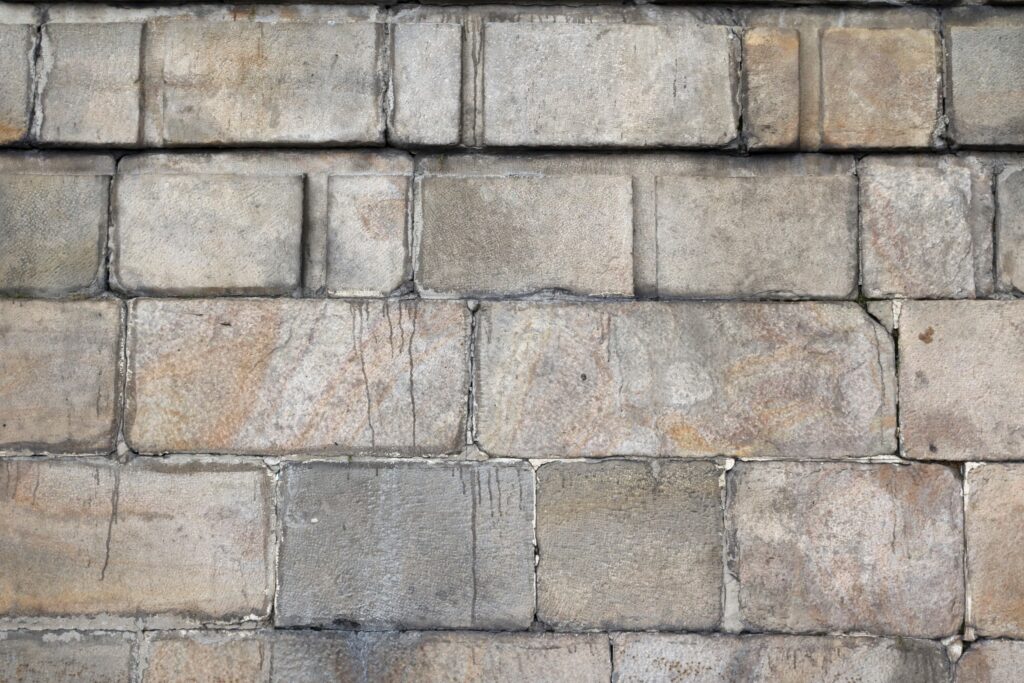When it comes to construction, preventing water from entering a building is of utmost importance. Water infiltration can lead to serious structural damage, costly repairs, and even health hazards from mold and mildew growth. One common area where water can penetrate a building is through the joint between the wall and the slab. Let’s go over some of the best techniques to restrict the leakage from the wall slab joints.
Waterproofing Membrane
One of the most effective ways to prevent water leakage through wall slab joints is by installing a waterproofing membrane. This is a thin layer of material that is applied to the surface of the slab before the walls are constructed. The membrane is designed to prevent water from seeping into the joint between the wall and the slab.
There are various types of waterproofing membranes available, including liquid-applied and sheet-applied membranes. Liquid-applied membranes are applied as a liquid and then cured to form a solid layer. Sheet-applied membranes are made of a thin layer of waterproof material that is adhered to the surface of the slab.

Waterproofing the wall slab can save you money in repairs
When selecting a waterproofing membrane, it is important to choose one that is compatible with the materials used in the construction of the building. The membrane should also be durable enough to withstand the stresses of construction and should be able to maintain its integrity over time.
Joint Sealants
Another effective way to prevent water leakage through wall slab joints is by using joint sealants. These are materials that are applied to the joint between the wall and the slab to create a watertight seal. Joint sealants can be made from a variety of materials, including silicone, polyurethane, and acrylic.
Before applying the joint sealant, the joint must be properly prepared. This involves cleaning the joint to remove any dirt, debris, or loose materials. The joint should also be properly sized to ensure that the sealant can be applied evenly.
When selecting a joint sealant, it is important to choose one that is compatible with the materials used in the construction of the building. The sealant should also be able to withstand movement and should be flexible enough to allow for expansion and contraction.
Backer Rods
Backer rods are cylindrical foam rods that are used to fill the joint between the wall and the slab. The backer rod is inserted into the joint and then covered with a joint sealant. The backer rod acts as a backup to the sealant, preventing it from being pushed too deep into the joint.
Using a backer rod can help to ensure that the joint sealant is applied evenly and that there are no gaps or voids in the sealant. This can help to prevent water from seeping into the joint and causing damage to the building.
When selecting a backer rod, it is important to choose one that is compatible with the joint sealant being used. The backer rod should also be sized correctly to ensure that it fits snugly into the joint.
Expansion Joints
Expansion joints are designed to allow for the natural expansion and contraction of building materials due to changes in temperature and humidity. When used at wall slab joints, expansion joints can help to prevent water from seeping into the joint.
Expansion joints can be made from a variety of materials, including foam, rubber, and neoprene. The joint is installed in the joint between the wall and the slab and is designed to move with the building materials as they expand and contract.
When installing expansion joints, it is important to ensure that they are properly sized and positioned to allow for movement. The joints should also be properly sealed to prevent water from entering the joint.
